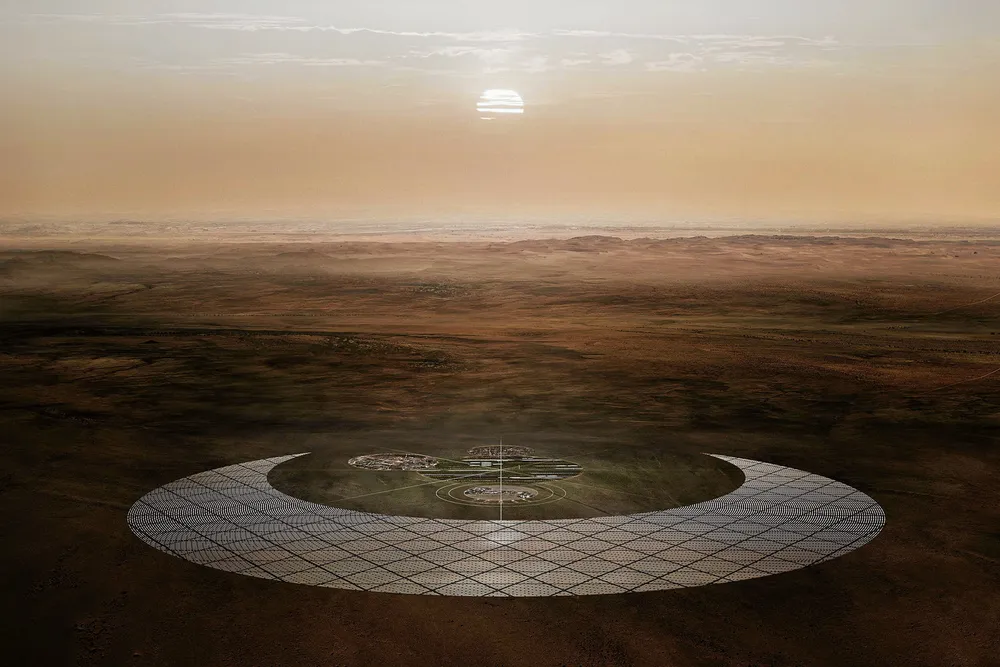'Visible from space' | Danish developer plans to build 35GW moon-shaped green hydrogen plant in Mauritanian desert
Megaton Moon project’s 60GW of wind and solar energy would also power a water desalination plant, new homes, and industrial and agricultural facilities
